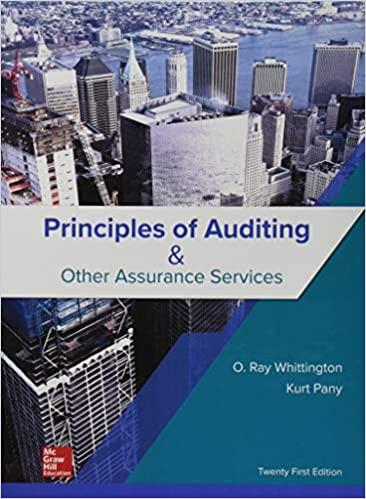Bowen Company manufactures one product, it does not maintain any beginning or ending inventories, a system. Its predetermined overhead rate includes $1,000,000 of fixed overhead in the numerator and 50,000 direct labor-hou nd its uses a standard cost rs in the Is at a cost of $11.00 per yard. Its direct ed 20,600 hours and were paid a total of $291.200. The company started and completed 9,300 units of finished goods laborers work during the period. Bowen's standard cost card for its only product is as follows: 1) Standard Price Standard Standard Quantity or Cost or Rate(1)x Inputs Direct material Direct labor Fixed manufacturing overhead Hours 4.2 yards $16.00 per yard 3.6 hours 67.20 $14.00 per hour 50.40 3.6 hours S 20.00 per hour- 72.0. $189.50 Total standard cost per unit Required: 1. When recording the raw material purchases: a. The Raw Materials inventory will increase (decrease) by how much? b. The Cash will increase (decrease) by how much? 2. When recording the raw materials used in production: a. The Raw Materials inventory will Increase (decrease) by how much? b. The Work in Process inventory will increase (decrease) by how much? 3. When recording the direct labor costs added to production: a. The Work In Process inventory will Increase (decrease) by how much? b. The Cash will Increase (decrease) by how much? Work in Process inventory ill increase (decrease) by how much? 5. When transferring manufacturing costs from Work in Process to Finished Goods, the Finished Goods inventory willlnicrease (decrease) by how much? 1a. The raw materiais will by by by by by by by by 1b. The cash wil 2a The raw materials wll 2 The work in process will work in process wi 3b. The cash will 4. The work in process wi 5 The finished goods w a. The Raw Materials inventory will increase (decrease) by how much? b. The Work in Process inventory will increase (decrease) by how much? es 3. When recording the direct labor costs added to production: a. The Work in Process inventory will increase (decrease) by how much? b. The Cash will increase (decrease) by how much? 4. When applying fixed manufacturing overhead to production, the Work in Process inve 5. When transferring manufacturing costs from Work in Process to Finished Goods, the (decrease) by how much? 1a. The raw materials will 1b. The cash will 2a. The raw materials will 2b. The work in process will 3a. The work in process will 3b. The cash will 4. The work in process will 5 The finished goods will by by by by by by by by








